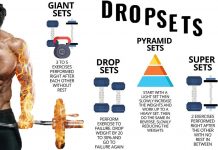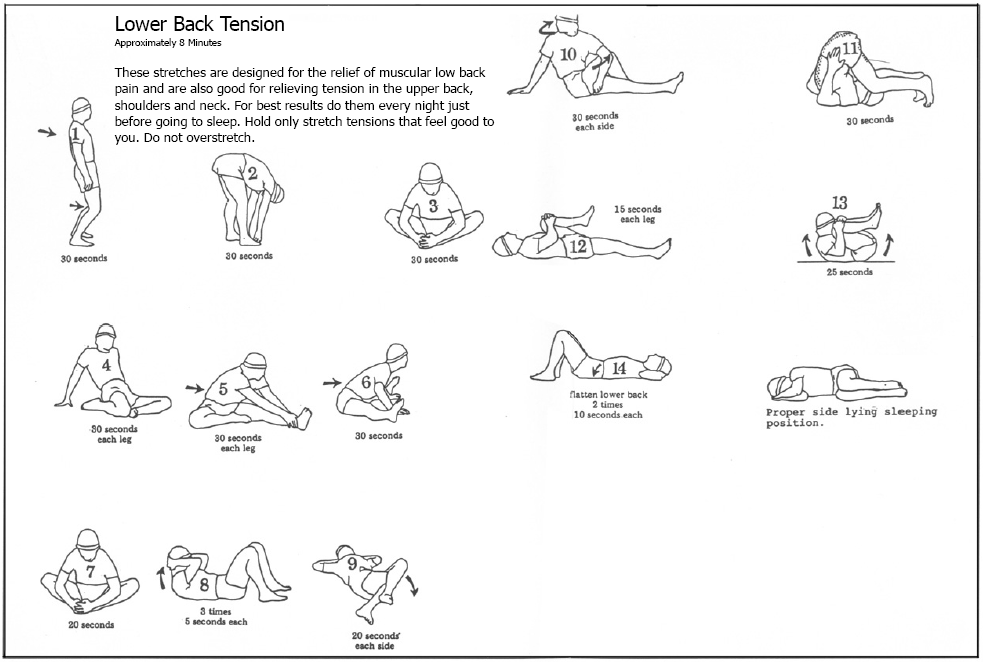🚨 LONG FEMUR SQUAT HACK

✅ If you have long femurs like me, you’ll find that it’s hard to squat deep. If you do squat deep by using a standard shoulder width stance you’ll end up compensating by leaning forward and also rounding out your lower back and going into a “butt wink”.
[wp_ad_camp_2]
⠀
🚨 Long Femur
Because of your long femurs, there is a greater moment arm at the hips meaning there will be more stress which you may feel in the lower back. If you try to have a more upright torso while squatting, you’ll find it hard not to fall backwards.
⠀
✅ To “hack” your structure, you must take on a wider stance which will shorten the apparent length of your femur. Basically looking at from the side you will have shortened your femur. This will allow to squat lower and have a more upright torso lessening the stress on the low back and hips.

[wp_ad_camp_5]
💥The hip joint capsule, as well as the muscles that surround it, may limit your ability to squat as deep as you would like. But how do you know if this is the case (changeable) or if your squat depth is just the result of your hip joint anatomy (something you can’t change)?
✅ That question is usually hard to answer by yourself without an exam, but you can check for differences in mobility between sides and perform exercises to see if they help. If they do, there is a good chance that at least part of your mobility restriction is due to changeable factors that you can work on
As you can see, the mobility TESTS shown here can also be used as EXERCISES. Let’s briefly break down each one:
[wp_ad_camp_1]
💥Hip internal rotation in flexion
🔥 Tests the posterior (back) portion of the hip joint CAPSULE as well as the deep hip EXTERNAL Rotators
✅ It’s helpful to record yourself bringing both feet out to the side with your knees together and look for differences in the angle, as well with how it feels
You can also perform this with more overpressure from the opposite foot, at different angles of the upper leg bone (femur) as shown
💥Hip external rotation in flexion
📌 Tests the hip joint capsule, gluteus maximus and piriformis (both INTERNAL rotators when the hip is in >60 degrees flexion), especially when the knee is put across the body into ADDUCTION, as well as the 1-joint hip adductors (groin muscles) when the femur is brought out more to the side (ABDUCTION)
💥Quadruped Rock Back
[wp_ad_camp_4]

Allows you to find the position of your hips that allows you the most comfortable and deepest range of motion in the squat. Try changing your knee position from closer together to further apart. Keep your pelvis neutral or slightly tilted forward (low back slightly arched) to move through your hip joints and not at your lower back. Go as far back as you can without hip/groin pain or movement at your low back (posterior pelvic tilt)
The position that feels the most comfortable and allows for the deepest range of motion is ideal for squat.

















































